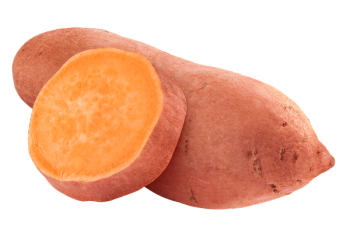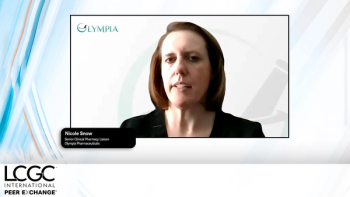
LINEX (Automatic Liner Exchange) New Capping/Decapping station with Optic 3 injector
Shimadzu - LINEX (Automatic Liner Exchange) New Capping/Decapping station with Optic 3 injector The Optic 3 injector is a versatile tool for the Shimadzu GC and GCMS product range. It can be operated with split, splitless, on-column/AT-Column, LINEX–TD (Thermodesorption), LINEX–DMI (Difficult Matrix Introduction) and large volume injections.
Optic 3 injector
The Optic 3 injector is a versatile tool for the Shimadzu GC and GCMS product range. It can be operated with split, splitless, on-column/ATColumn, LINEX-TD (Thermodesorption), LINEX-DMI (Difficult Matrix Introduction) and large volume injections. The injector shows no discrimination and low thermal degradation of the sample. Using cooling, the Optic 3 injector can be operated without any difficulty – this is particularly effective for compounds which would normally degrade in a hot injection port, e.g. thermally labile pesticides as well as highly volatile compounds. The temperature range of the Optic 3 is from ambient temperature +10 °C to 600 °C (optionally between -150 °C and 600 °C), making it very flexible. A large array of liners is available, which are easy to change, giving the user the freedom of choice for every application.
LINEX-DMI
LINEX-DMI is a system designed for GC analysis of dirty liquid samples. Within minutes, it can be mounted on the Optic 3 injector. Standard wide-bore DMI liners can be handled by LINEX in either manual or automated mode. In the automated mode liners are transported between the sample tray and injector by the AOC-5000 sampling robot equipped with a pneumatic gripping arm.
With LINEX-DMI, the multi-sample analysis sequence works in a simple way: the head of the injector is opened automatically and a liner containing sample in a micro-vial or the liner with the empty micro-vial is introduced into the injector. The head is closed and the liner is purged with carrier gas. Next, after the sample injection (if it was not done outside injector), the injector is heated and the sample is transferred onto the column. At the end of the analysis the liner is moved back to the tray and the cycle is repeated.
The LINEX-DMI is a very effective automated system for the analysis of samples containing difficult non-volatile or solid-like suspended matrices.
New: Capping and De-Capping Station for LINEX
In many cases the GC injector liner should be sealed (capped) from both sides. This is normally done in order to either protect the sample placed or collected into the liner or to keep the liner clean after conditioning.The liner should therefore be de-capped just before it is placed into the GC injection port. The ATAS GL Capping-De-Capping (CDC) Station has been designed to automate this procedure. It is controlled by the AOC-5000 autosampler. The Capping/Decapping Station is sold as an option for the LINEX (TD or DMI) system making it even more powerful.
Summary
The application of large-volume injection with the Optic 3 leads to better detection limits and can be used in all application fields where sensitivity is the key issue, e.g. environmental or food analysis. In addition, the Optic 3 can be used for thermodesorption analysis. It is also ideal for samples containing active and/or high boiling point compounds. Optionally available µ-vials, to be inserted inside the liner, allow the analysis of compounds directly from solid or heavily matrix loaded samples (DMI).
The newly designed software makes it easy to operate.
For further details visit our web page at
Newsletter
Join the global community of analytical scientists who trust LCGC for insights on the latest techniques, trends, and expert solutions in chromatography.





